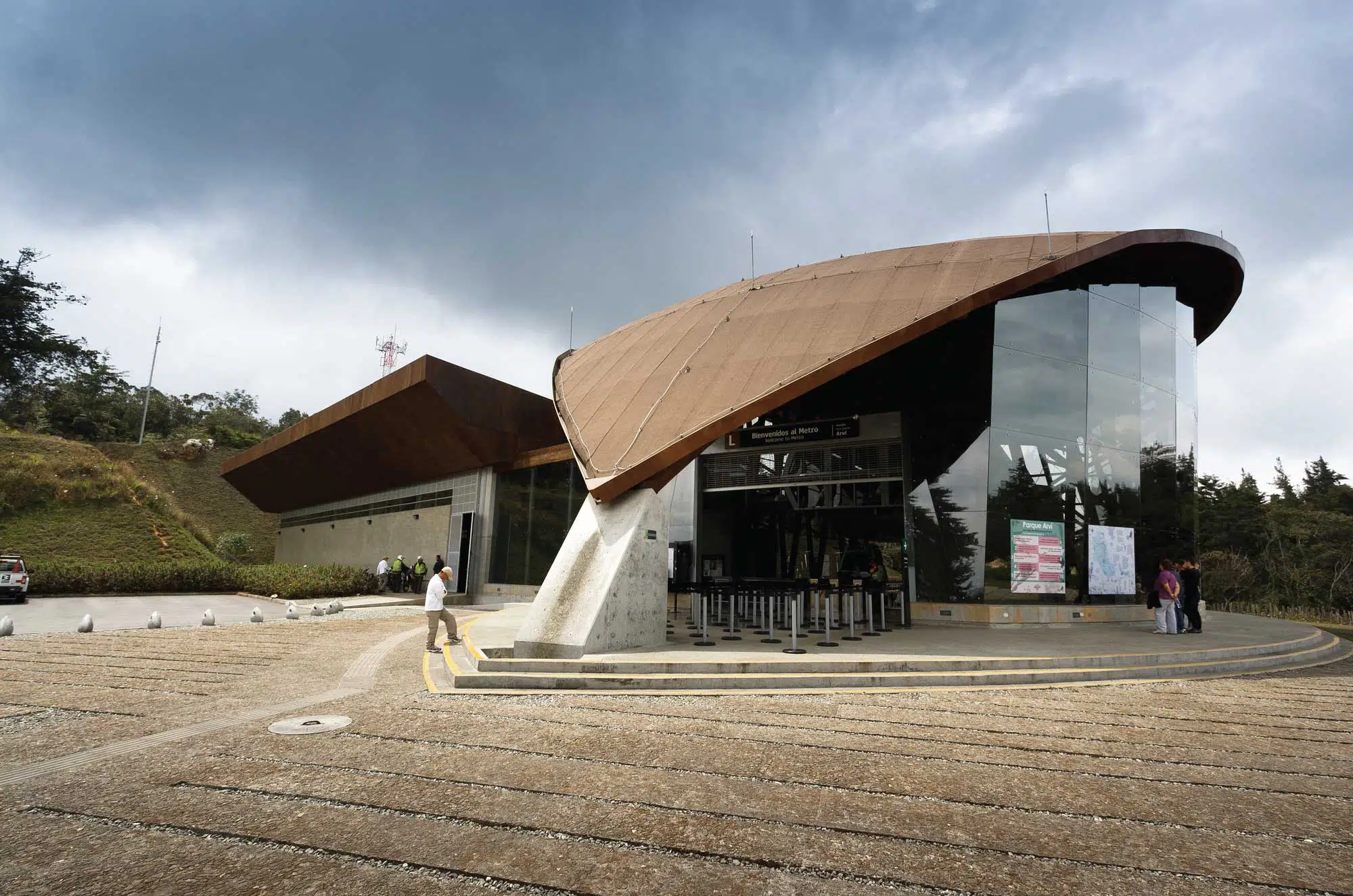Cycling in Colombia
By The Colombian Way
Why are Colombians so passionate about cycling? What are the principal cycling locations and how can visitors take advantage of the opportunities?
About cycling in Colombia
Colombia boasts an incredible variety of landscapes, winding mountainous routes through Andean forests, coastal mountain ranges plunging down to the Caribbean Sea, flat straight routes through striking arid valleys, the spectacular Colombian coffee zone, also famed overland routes taking in a variety of landscapes such as the Panamerican Highway from Chocó through to Nariño and onwards to Ecuador and beyond.
It stands to reason that Colombians and visitors alike want to take advantage of this topological variety on two wheels too.
Cycling is one of Colombia’s most popular pastimes, both as a leisure activity and as a competitive sport. Travel from Bogotá to Villa de Leyva, through the coffee triangle or even over the Páramo de Puracé and you cannot fail to notice road cyclists. Many of these routes include altitudes over 3200m above sea level.
Competitive road cycling in Colombia
Road cycling aficionados cannot have failed to notice that Colombia is the cycling powerhouse that continues to produce prolific competitive cyclists. Well known international cyclists such as Martín Emilio Rodríguez, Santiago Botero, Luis Alberto Herrera, Fabio Parra, Rigoberto Urán, and Nairo Quintana are all borne of a mature competitive infrastructure with internationally renowned road races such as Vuelta a Colombia.
Established road cycling competitions often pass by some of Colombia’s most famous sites, GFNY Colombia passes Guatavita, La Ruta Colombia Gran Fondo Antioquia takes in Santa Fé de Antioquia, Clásico El Colombiano visits Medellín.
Mountain biking in Colombia
It’s not all about the speed and challenging climbs on paved roads. As an Andean country it stands to reason that Colombia also offers great opportunities for mountain biking, particularly around Villa de Leyva, Chingaza, Puracé, Huila, and around Minca in the Sierra Nevada de Santa Marta. The coffee growing region, particularly around Salento and further afield in Quindío offers particularly good opportunities for visitors to Colombia to take part in the action.
Popular cycling routes in Colombia
- Alto de Letras. The final stage of Vuelta a Colombia and often described as one of the longest and most arduous road climbs in the world. The route commences in the city of Manizales in Caldas and ends 78.9km later in Mariquita in Tolima. The maximum altitude tops out at 3498m above sea level and the entire route has a total elevation gain of 3220m.
- San Francisco or Mocoa to Pasto and Trampolín de la Muerte. A classic mountain biking route ending in the city of Pasto and close to Laguna de la Cocha.
- Bogotá to Villa de Leyva. Starting in Bogotá the 167km route passes by Guatavita and the town of Sequilé, culminating in a 40km ascent between Tunja and Villa de Leyva. The route through the Altiplano Cundiboyacense ascends 1969m and descends 2391m.
- Manizales to Salento via Los Nevados National Park. A combined paved and unpaved 155km route commencing in the city of Manizales, passing by the spectacular scenery of the Los Nevados National Park, primarily on unpaved roads, before picking up Autopista del Café at Santa Rosa de Cabal and continuing to Salento.
The Ciclovía and Ciclorutas, cycling culture in society
Bogotá conceived the concept of the Ciclovía, a Spanish term that would approximate to Cycleway in English. To this day Bogotá still has the most expansive car-free day anywhere in the world. Each Sunday and public holiday between 7am and 2pm. Up to 2 million Bogotanos join in the fun each week.
The concept has since been copied by other cities in Colombia and a number of countries around the world.
Aside from this weekly event, Bogotá’s bike friendly approach is underpinned by 360km of permanent cycle routes used by over 80,000 cyclists each and every day. Bogotá recognises that some of these routes lack consistency and sometimes compromise pedestrian space. The capital has an ongoing programme of improvement, and better and safer integration into traffic flows.
Bogotá’s enthusiasm for the two-wheeled life is supported by a huge network of independent cycle shops offering spares and repairs, and even ad-hoc bicycle repair stations alongside popular cycle routes.
Cycling as a foreign visitor
Large cities in Colombia all have options to rent bikes, either from private companies or municipal bike sharing schemes. For a more structured experience with a guide it is straightforward to organise road and mountain tours in Villa de Leyva, San Gil & Barichara, Minca, in Medellín’s Parque Arví, and the coffee region.
Further reading
- Why cycling is much more than a sport in Colombia | bbc.com
- Colombia is an adventure cyclist’s paradise | velonews.com










